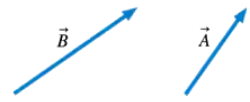Multiple Choice
Two perpendicular forces act on a box, one pushing to the right and one pushing up. An instrument tells you the magnitude of the total force is 13N. You measure the force pushing to the right is 12N. Calculate the force pushing up.
2422
views
126
rank
2
comments






